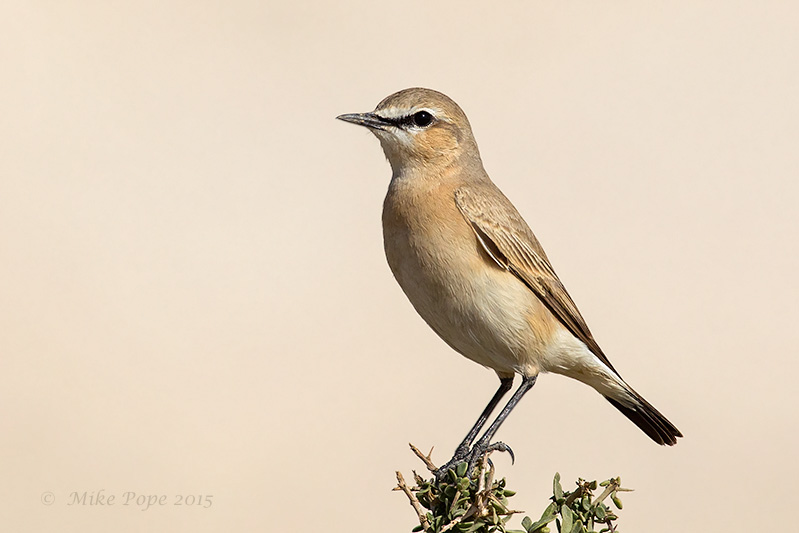Markus Craig had found the 2nd Red-breasted Merganser on 11th February while most of us were at work, a mega bird for most of us Kuwait birders. However, it disappeared later that the same day, so in our minds it was a 1-day bird.
On the afternoon of the 14th, we got news from Omar Al Shaheen that it was back at the same site and this time it was the weekend! I was busy with homework revision with my son, but once I had finished was given the green light to get to the pools. Once I reached the site, I hooked up with Omar and through his scope he put me onto the bird - a really long way out, paddling with a group of 11 Great Crested Grebes. But still, unmistakable! I tried a few futile record shots - the bird was literally a speck within the center focus point of my viewfinder, sitting in a sea that merged with the sky. I enjoyed it as best as I could as it slowly glided further away.
 |
| Spot the Red-breasted Merganser (Mergus serrator) - the 2nd for Kuwait |
In the distance the big 'murder' of Starlings seen earlier this year was again wheeling and turning through the sky creating some crazy shapes as they tried to agree where to roost for the night
 |
| A 'murder' of Common Starling (Sturnus vulgaris ) |
 |
| Pied Wheatear (Oenanthe pleschanka) |
 |
| Cracking male Eurasian Wigeon (Anas penelope) |
 |
| Female Eurasian Wigeon (Anas penelope) |













































